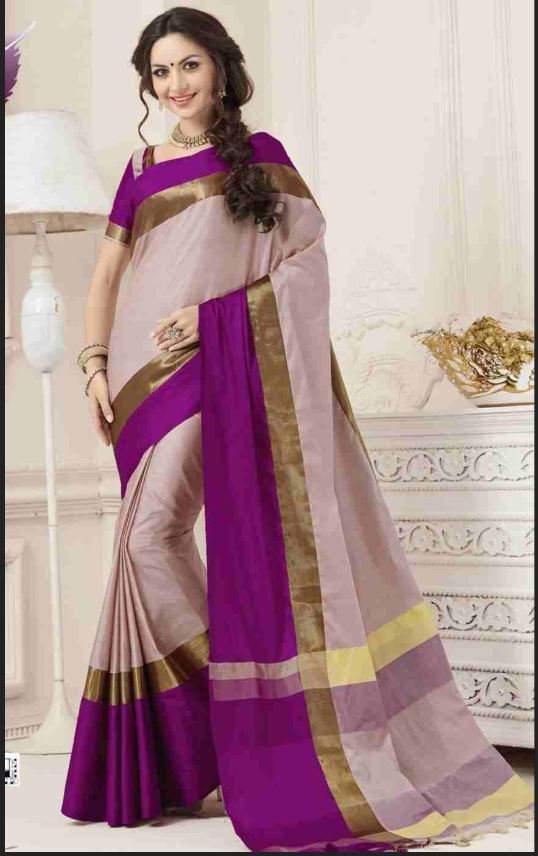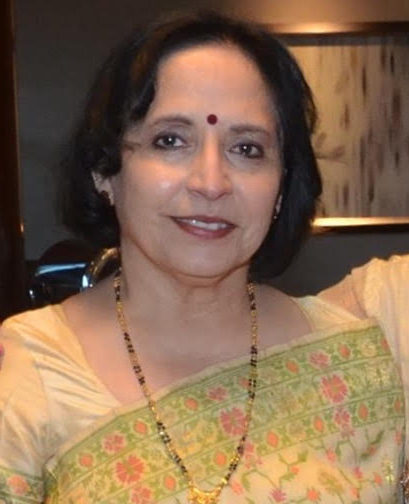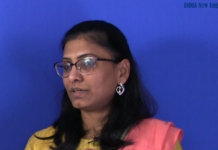By Gouri Banerjee
Visiting New Delhi recently I studied the “saree scene” with a view to buying myself a gorgeous saree for Durga Pooja starting October 13th. My dear mother, ninety-one years old, generously gave me Rs. 2,000 ($28), and asked me to buy a ‘nice’ saree, befitting a daughter who lives abroad in the United States.
I ventured out shopping in South Extension in New Delhi in search of a saree one could buy for that princely sum, anticipating another exciting pure silk addition to my collection.
Some store owners were kind and told me nothing was available. Others, sneered at me and looked at me with incredulity. Still others, suggested I go to Lajpatnagar, where cheap sarees are available. To cut a long story short about my “saree” adventures, I did not buy a single saree, although I looked and touched many beautiful ones. Instead, I bought an eye-catching, cotton, handloom “kalamkari”, bedcover, which is absolutely gorgeous.
 In the course of my saree search I learned a lot about where Indian sarees are made.
In the course of my saree search I learned a lot about where Indian sarees are made.
Being an avid geographer in my undergraduate days, discovering the origin of sarees was very exciting. I learned a little about saree history and the many regions of India from where they come from.
Majestic in colors of red, blue and green, and with artistic border designs in additional colors, each saree I saw was a work of art. The sarees were soft and shiny, and the quality of the silk absolutely sensuous and stunning. There were many modern, sarees in synthetic materials as well, with hybrid, modern colors and designs. My knowledge of saree geography was greatly enhanced and I felt I had learned so much that I had been curious about.
Some of you may also be curious. Below I share my incomplete list of what I learned about the origin of India’s most beautiful dress with all saree lovers.
Andhra Pradesh: Gadwal, Mangalagiri, Pochampalli, Dharamvara and Uppada
Assam: Muga, Eri Silk
Bihar: Tassar, Kosa
Jammu and Kashmir: Taby, Chinon
Karnataka: Crepe, Arini and Silk Georgette
Madhya Pradesh: Maheshwari, Chanderi
Maharashtra: Paithani
Punjab: Patiali
Rajasthan: Kota, Bandhni, Bandhej
Tamilnadu: Kanjeevaram
Uttar Pradesh: Lucknowi Chikan, Mulbari, Jamdani, Jamawar, Jamawari Chiffon
West Bengal: Baluchuri, Dhakai, Gicha, Kantha, Dhoneykhali, Tanthini.
Someday, I shall return, with many more rupees $200,000 (2 lakhs) at least, and buy twelve sarees, one from each region of India.
(Gouri Banerjee is Co-Founder and Board Member of SAHELI.)














